Excel macros are programs that could help you have a better spreadsheet experience. You can use a macro to record the steps you do for a specific task, and they will automate them on your future data. They can easily help you whether you are organizing data or even creating reports. Work smarter, not harder, with macros.
However, what happens when you encounter issues with Excel macro not working? When your Excel macro isn't working, it may take some of your time and hinder your work. If your Excel macros stopped working, don’t worry—we've got you covered. In this guide, we'll show you five simple fixes to get your macros back on track. Read on to learn more.
In this article
Reasons Why Excel Macros Are Not Working
Before we dive into the fixes, let’s learn some common reasons why your Excel macros might not be working as expected:
Reason 1: Worksheet Saved as .xlsx File
Sometimes macros don't work because your worksheet is saved as a .xlsx file. Macros only work in .xlsm files. Here's how you can change your file format:
Step 1: Go to your Excel’s "File" menu. Under the File Menu, click "Save As."

Step 2: Choose "Excel Macro-Enabled Workbook" (.xlsm) format from the drop-down menu.

Step 3: Save your new file with a different Image name.
Reason 2: Excel Automatically Disables Macros
Excel's security settings can sometimes automatically disable macros. Follow these steps to change the settings made by security settings:
Step 1: Click on "File" > "Options."

Step 2: Go to "Trust Center" and click "Trust Center Settings," located on the right side of the window.

Step 3: Select "Macro Settings" on the left side. Then, choose whether you prefer "Enable all macros" or "Disable all macros with notification."
Step 4: Click "OK" to save changes.

Reason 3: Personal Macro Workbook Contains Macros
They might conflict if you have macros saved in your personal macro workbook. Here's how to check and resolve:
Step 1: Press "Alt + F11" to open the VBA editor.

Step 2: Look for the "VBAProject (PERSONAL.XLSB)" option in the Project Explorer.
Step 3: If it contains unwanted macros, delete them.
Reason 4: Workbook Protection Hinders Macro Functionality
Protected workbooks can limit macro execution. As they protect your workbook, they might restrict additional programs like macros. Here's how you can handle it:
Step 1: Go to the "Review Menu." Under the Protect group, look for "Unprotect Workbook" and enter the required password.

Reason 5: Excel File Content from Others
Your Excel Macros might not work if the file contains content from other sources with incompatible macros. To address this issue, here's what you can do:
Step 1: Open a new, blank Excel workbook.
Step 2: Copy the data you’re working on and paste them into the new workbook.
Step 3: Try running the macros again.
How to Fix Excel Macro Not Working Issue?
After knowing some reasons that contribute to Excel macros not working, here are some troubleshooting steps that you can do:
#1 Check Macro Security Settings
Excel's security settings can sometimes block macros from running to protect your computer from potential harm. To check if macro security is the issue:
Step 1: Go to your Excel ribbon's "Developer" tab. You may need to enable it in Excel settings if you don't see it.

Step 2: Click "Macro Security" and ensure it's set to "Enable all macros." If it's set to "Disable all macros with notification," Excel will prompt you to enable macros each time you open a file with macros. Changing the setting to "Enable all macros" will allow macros to run without prompting.

#2 Remove Conflicting Add-ins
Other Excel add-ins can sometimes conflict with your macros and prevent them from running. To check for conflicting add-ins:
Step 1: Go to "File" > "Options" > "Add-ins."

Step 2: Here, you'll see a list of all installed add-ins. Uncheck the boxes next to any add-ins you don't need or use regularly. Restart your Excel and try to run your macro again. Disabling conflicting add-ins should allow your macro to run without issues.

#3 Check for Macro Errors
Macros are created using a programming language known as Visual Basic for Applications (VBA). If your macro contains errors, it won't run properly. To check for errors:
Step 1: Open the Visual Basic for Applications (VBA) editor by pressing "Alt" + "F11."
Step 2: Look for syntax errors or typos in your macro code. Correcting these errors should resolve the issue and allow your macro to run as intended.

#4 Address Workbook Protection
Workbook Protection may be causing why your Excel macros are not working. To unprotect your workbook:
Step 1: Open the macro-enabled Excel file you want to work with. Once the file is open, click the "Review" tab in the Excel ribbon.
Step 2: Look for and click "Unprotect Workbook" under the "Changes" group.
#5 Examine External References
External references in Excel macros are Image names to data or content in other files. If these Image names are broken or incorrect, Excel can't find the data needed for the macros to work. To check these:
Step 1: Open the Excel file that contains the macros you're examining.
Step 2: Click on the "Formulas" tab in the Excel ribbon.
Step 3: Choose the "Name Manager" in the "Defined Names" group.

Step 4: Look for any references to external files in the list of defined names. These references will appear in the "Refers to" column.

If any external file references are incorrect or outdated, you'll need to update them.
Step 5: Click on the "Data" tab, then click on "Edit Image names" in the "Connections" group.
Step 6: Select the incorrect Image name and click "Change Source" to update it to a new or correct file path.

Step 7: Once you've updated all the necessary Image names, test your macros to ensure they are working.
By following the fixes mentioned, you can troubleshoot and resolve common issues with Excel macros not working. However, if you continue to experience problems, consider seeking assistance from Excel's help documentation or community forums.
How to Fix Corrupted Macro Enable Excel File?

Wondershare Repairit - Excel File Repair
1,010,994 people have downloaded it.
-
Repair damaged Excel files with all levels of corruption, including blank files, files not opening, unrecognizable format, unreadable content, files layout changed, etc.
-
Repairs all kinds of data stored in damaged Excel files such as tables, charts, formulas, comments, images, etc.
-
Support all formats of Excel files: XLSX/XLSM/XLTX/XLTM/XLS
-
Perfectly repair corrupted files with a very high success rate, without modifying the original file.
-
No limit to the number and size of the repairable files.
-
Support Windows 11/10/8/7/Vista, Windows Server 2003/2008/2012/2016/2019/2022, and macOS 10.10~macOS 13.
-
Except Excel, Repairit also supports all formats of PDF, Word, Excel, PowerPoint, ZIP, and Adobe files.
Aside from the abovementioned issues, you may be experiencing Excel macro not working due to file corruption. Excel macros may contain malicious codes when downloaded from unknown sources. These malicious codes might bring viruses and malware to your computer, which may cause your files to be damaged or corrupted. But don’t worry—if this happens, Wondershare Repairit can help!
Wondershare Repairit is a tool for fixing file corruption. It is designed to fix various types of file corruption, such as unrecognizable formats, unreadable content, and more. It offers a quick and safe way to repair multiple .xlsx files in a single process, saving you time and effort. With Repairit File Repair Desktop, you can easily repair your files with just one click.
Step 1: Launch Wondershare Repairit on your desktop and select "File Repair" from the "More Types Repair" section.
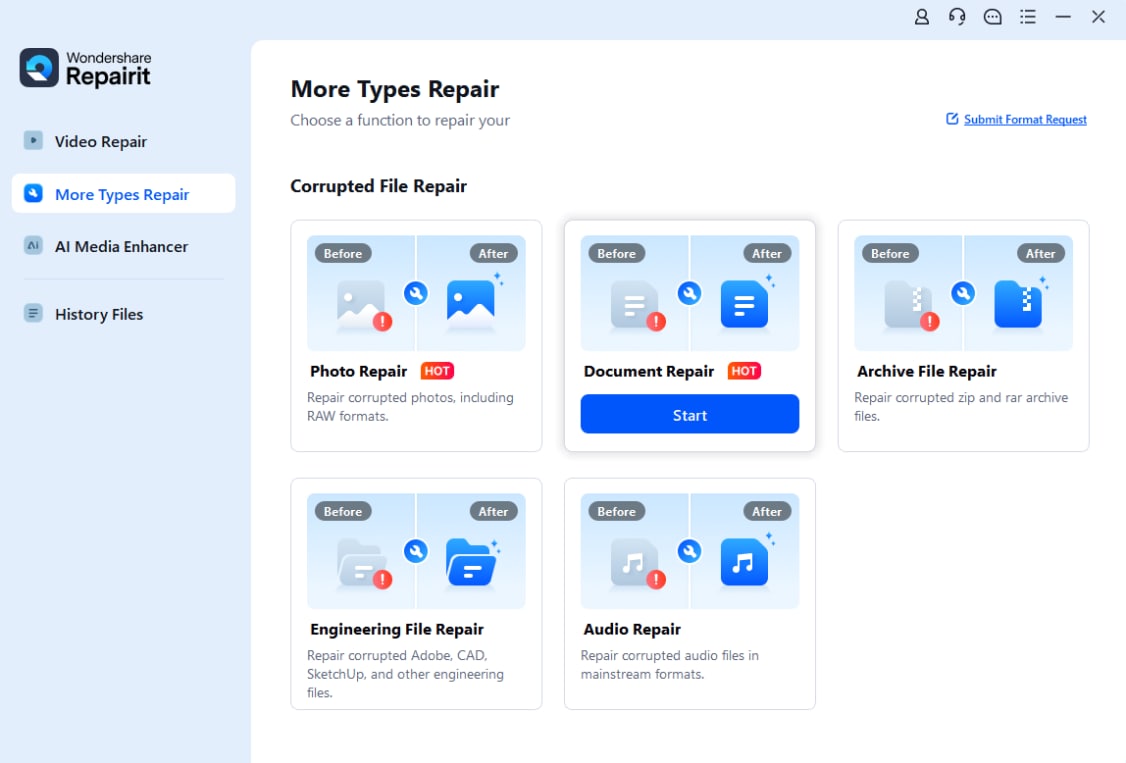
Step 2: Click "Add" to upload damaged Excel files and watch their upload progress, including names, sizes, and where they're stored.
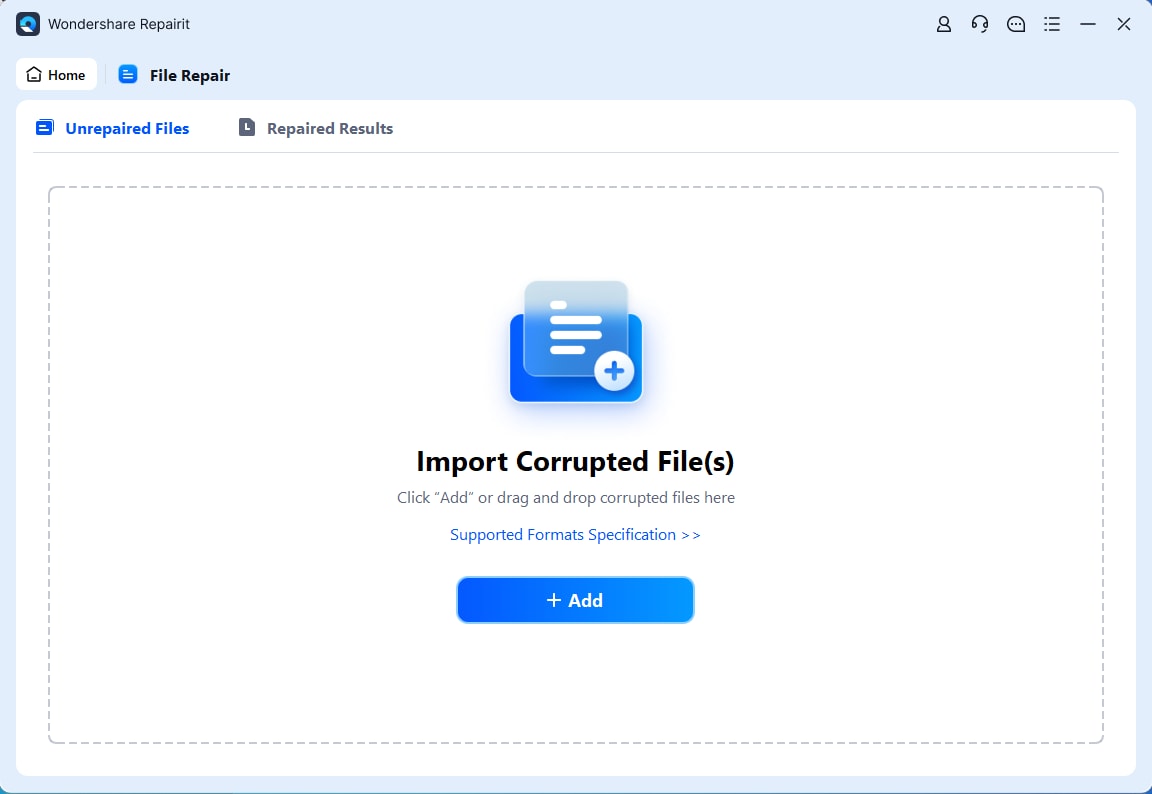
Step 3: Click "Repair" to start Repairit’s repair process. Once Repairit has fixed the files, click "OK."
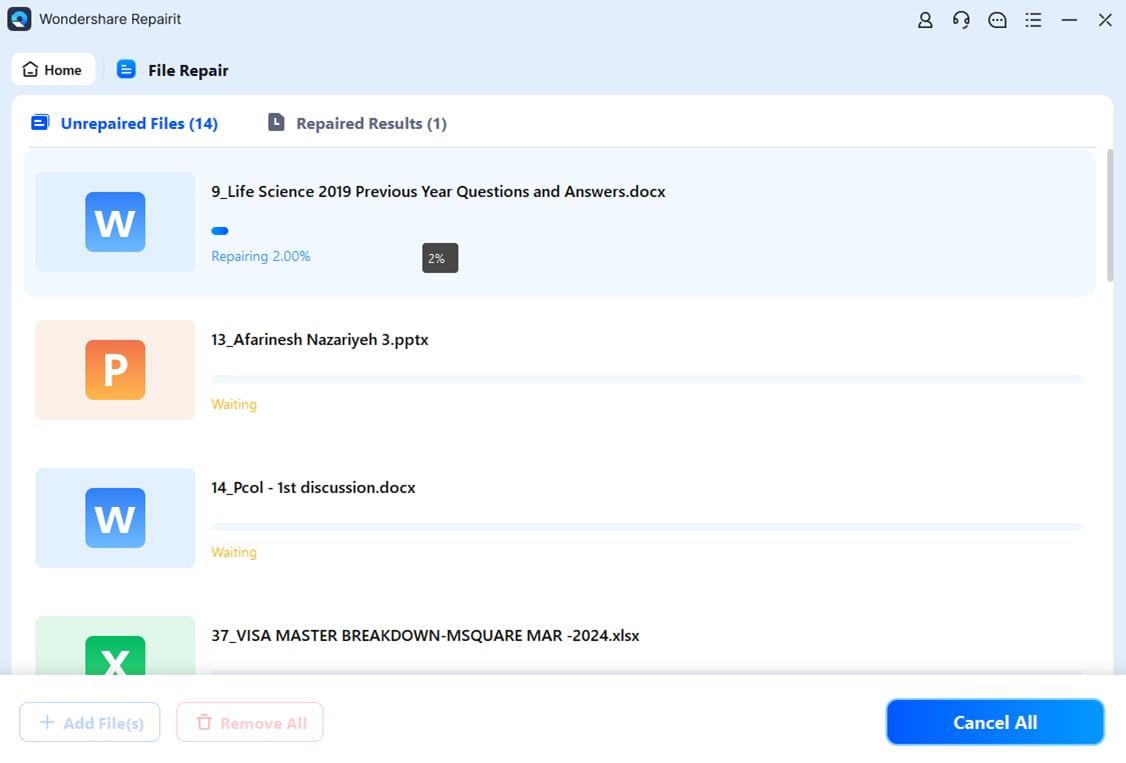
Step 4: To check your repaired files, click "Preview" or the thumbnails. If happy with the fixes, click "Save" to save them. Or, select several files and click "Save All" to save everything at once.
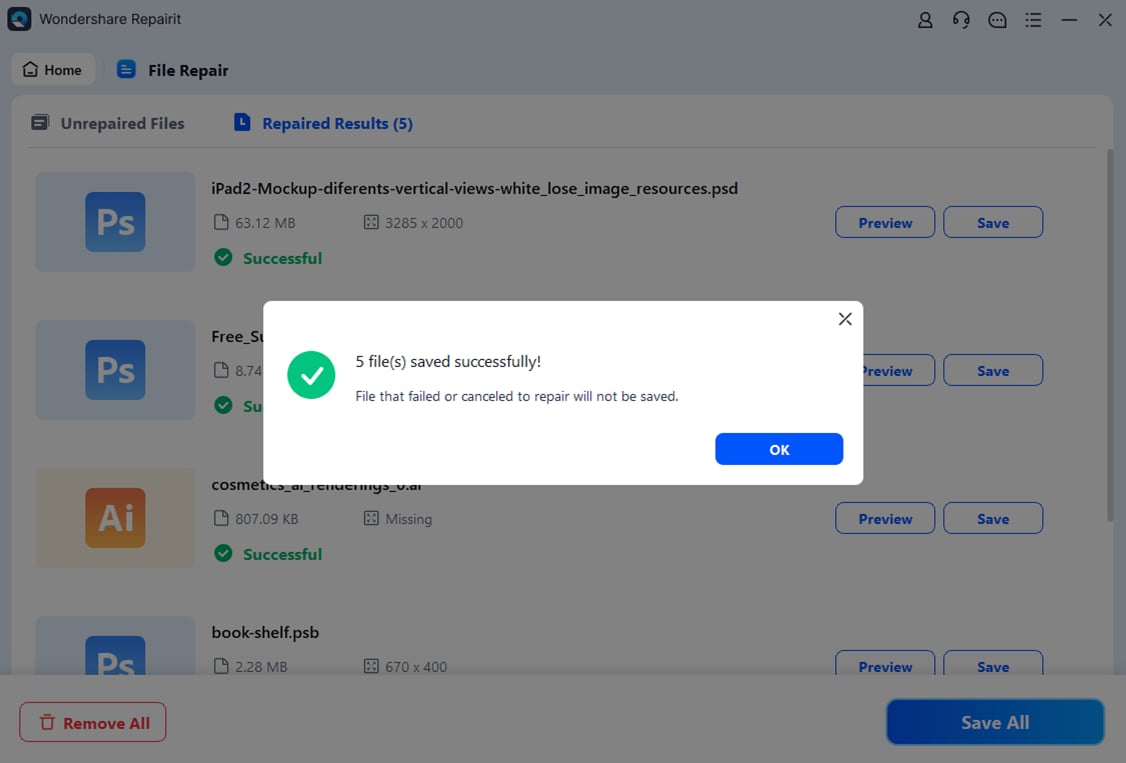
Try Repairit Excel Repair to Fix Corrupted Excel Files

Conclusion
To fix Excel macro not working issue, check your workbook's format, settings, and protection. Follow the provided steps to solve the problem. If macros damage your files, try using Wondershare Repairit to easily repair them with a few clicks.
FAQ
-
What are Excel macros, and why are they useful?
Excel macros speed up your work in Excel by automating tasks. They use a language called VBA to perform actions, from changing how cells look to generating reports. Macros save time and reduce errors by doing repetitive tasks with a single click, especially useful for large data sets or complex calculations. -
Are there any risks associated with using Excel macros?
Excel macros can be risky. They might carry viruses if they're from untrusted sources, or mess up your files if poorly written. To keep your computer safe, only use macros from trusted sources and check the code before using them. -
How do I enable the Developer tab in Excel?
To access the Developer tab in Excel, here are a few steps:1. Click "File" at your Excel's top left.
2. Choose "Options." In the Excel Options box, select "Customize Ribbon." On the right side, check the box next to "Developer."
3. Click "OK."
Now, you'll see the Developer tab at the top, and you can use it for macros and other advanced tools.
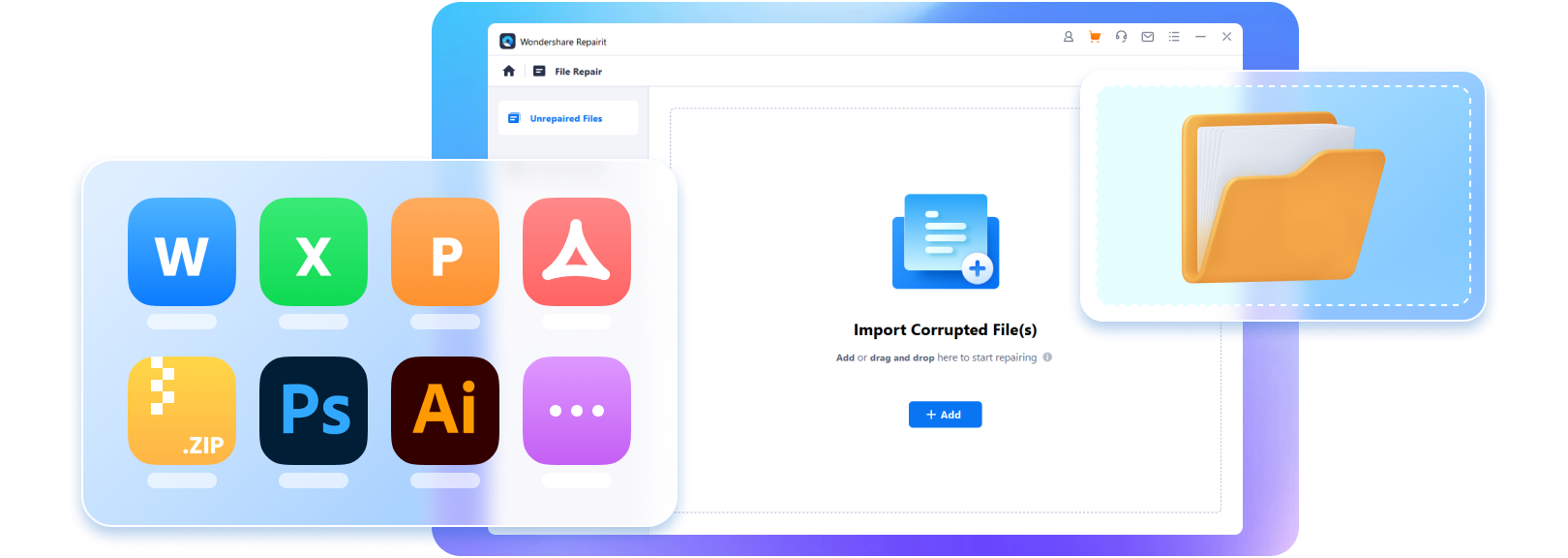

 ChatGPT
ChatGPT
 Perplexity
Perplexity
 Google AI Mode
Google AI Mode
 Grok
Grok

